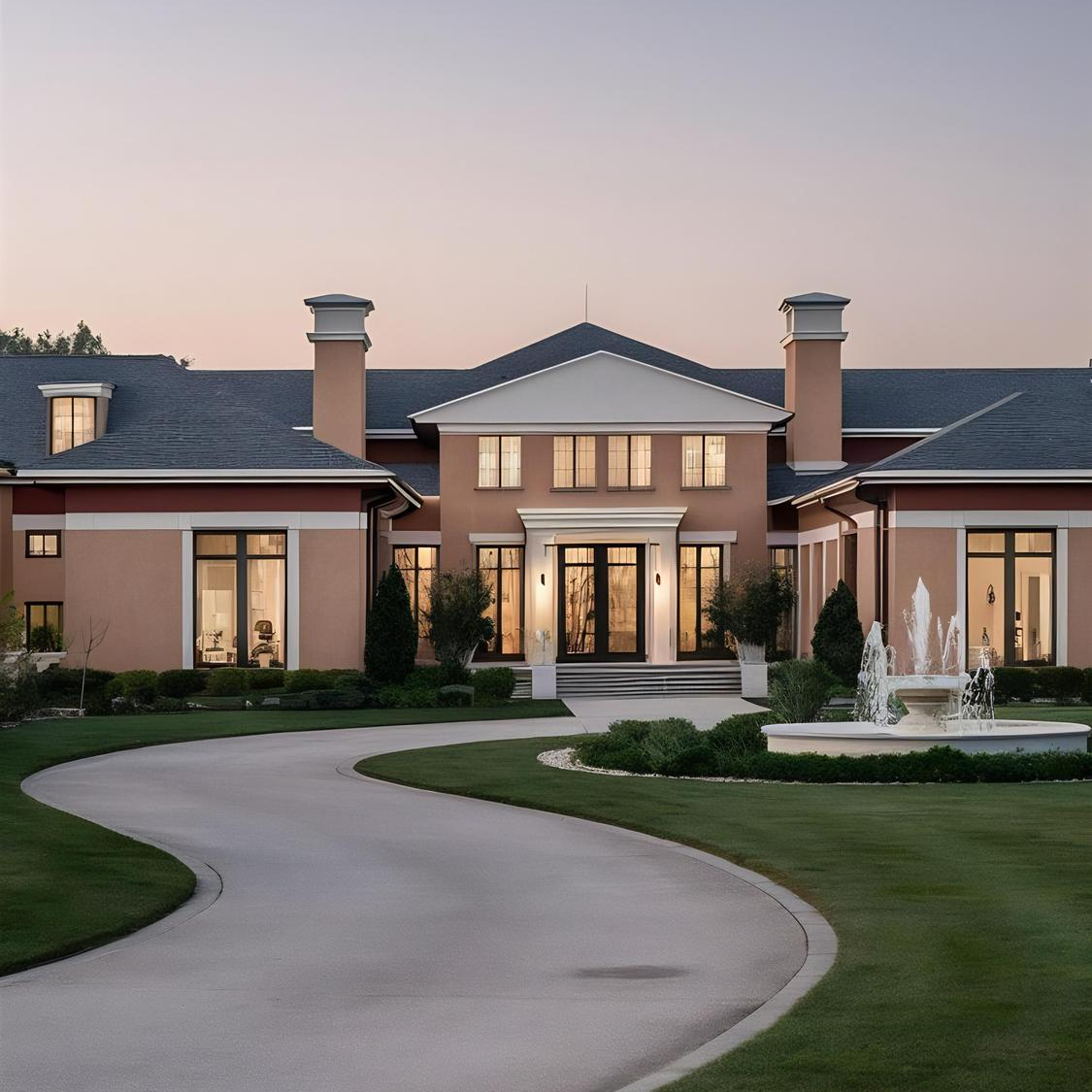By Michael J. Amen
At a time when climate change is having widespread impact on the world’s ecosystem, the need to expedite development of renewable energy sources is vital. A rising source of renewable energy is solar or photovoltaic cells, the fastest growing source of renewable energy in America, according to a report from the American Petroleum Institute (API). Approximately ten percent of energy consumed in the United States in 2014 was from a renewable source and solar energy accounted for approximately four percent of this renewable energy, according to the Institute for Energy Research.
While solar energy currently accounts for less than one percent of the total electricity generation in the United States, it is gradually becoming more affordable and consequently, more popular. As the accessibility of solar panels has grown, the number of new installations has skyrocketed. Almost 30 percent of the electric-generating capacity brought on-line in the United States in 2015 was solar, reports the Solar Energy Industries Association (SEIA), and the one-millionth solar panel installation occurred in early 2016.
To encourage installation of solar panels, more than 30 states have adopted legislation providing solar protections. While it is imperative that state and local governments be proactive in developing land planning policies that foster growth in renewable energy, it is equally as important to maintain the rights of individual property owners. This article discusses the rights of the owner of the solar panels and neighboring property owners, and outlines solutions that balance the interests of each property owner.
The Case for Solar Panels
In 1954, scientists harnessed the energy of sunlight and converted it into electricity using photovoltaic (PV) cells, made of silicon. Photovoltaic cells make up the solar panels that are becoming more common as power sources for residential and commercial properties. These systems are pricey and can cost anywhere from $15,000 to $40,000 or more for a single home. Property owners who install these systems depend on the electricity that is generated to reduce or even eliminate their utility expenses. Photovoltaic cells convert sunlight into electricity, so it follows that the more sunlight that a cell is exposed to, the more electricity it can generate. It is clearly favorable for the owner of a solar panel to have as much exposure to sunlight as possible. Given the substantial initial investment of a photovoltaic solar panel system, property owners rely on sunlight, and the energy that it produces, to generate a financial return on their investment.
Hypothetical Case studies: Solar panels versus trees
To help visualize this, let’s look at two hypothetical situations involving two property owners, Sunny Savings and Debbie Developer. Sunny is an eco-conscious consumer who rides his bike everywhere, composts his organic waste in his garden, and has recently taken an interest in renewable energy, specifically photovoltaic panels. Debbie is a real estate mogul who has made her fortune building and selling luxury hotels, resorts, and golf courses and believes that real estate development is an essential part of the economy that should not be restricted.
Scenario One: Sunny wants to construct a $30,000 solar panel system on his home and anticipates that it will take 10 to 12 years to recoup his initial cost. Debbie recently purchased the property to the west of Sunny’s property and would like to plant a grove of trees along the border between her property and Sunny’s. These trees will cast shadows onto Sunny’s property and will hinder the solar access of his system, at times blocking nearly all of the sunlight from reaching his panels. In this scenario, Sunny’s solar system will produce far less electricity than a system with unobstructed access to the sunlight, which results in a diminished opportunity to save money on his utility bills. Consequently, the 10-to-12-year payback window he was originally expecting could be increased to 20 years or more. What if the lengthened payback period exceeds the economic life of the system and the system stops producing electricity before Sunny can even reach his “break even” point? If the government wants to promote renewable energy sources, shouldn’t it protect Sunny and his investment in a photovoltaic system? Land planning regulations have begun to, and will likely continue to, promote the installation of photovoltaic systems, but at what cost?
Scenario Two: Sunny has once again installed a photovoltaic system on his property. Before the installation, Debbie purchased the vacant lot to the west of Sunny’s property and is looking to escape the rush of a life in real estate development in a charming cottage that she plans to construct on the property. Their properties are located on a hill that slopes downward towards the east, such that even though Debbie is only proposing a small, single-story home, it will still block sunlight from reaching Sunny’s solar panels. Debbie is aware of this, but she is also an astute hotel developer that is aware of the famous “spite fence” case, Fontainebleau Hotel Corp. v. Forty-Five Twenty-Five, Inc. (1959). In this case, the courts ruled that “there being, then, no legal right to the free flow of light and air from the adjoining land, it is universally held that where a structure serves a useful and beneficial purpose, it does not give rise to a cause of action, either for damages or for an injunction.” The Fontainebleau case is just one example of how the English doctrine of “ancient lights,” has consistently been rejected in the United States.
Based on the Fontainebleau decision, no property owner in America has the right to the free flow of light so Debbie should be in the clear, right? What she is not aware of is that the Fontainebleau decision has not always held true when solar energy is involved. In Prah v. Maretti, a homeowner that installed a solar panel system on his roof sued an adjacent property owner, who had proposed the development of a residential building on his property. The plaintiff claimed that the residence would block sunlight to his solar panels and constituted a private nuisance. The circuit court initially upheld the precedent of the Fontainebleau case, ruling that no one has the right to the free flow of light. However, the Wisconsin Supreme Court later reversed the circuit court decision and ruled in favor of the plaintiff, because he was using the sunlight not just for aesthetic purposes, but as a source of energy. The Wisconsin Supreme Court concluded that the law of private nuisance protects the plaintiff from obstruction of access to sunlight, claiming that “access to sunlight as an energy source is of significance both to the landowner who invests in solar collectors and to a society which has an interest in developing alternative sources of energy.”
It is therefore not outside the realm of possibility that Sunny could prevent Debbie from building her home and could even eliminate any development potential of the property, stripping her of all economically beneficially uses of her property. In essence, Debbie, a private land owner, is prevented from developing her property to its highest and best use for the benefit of the public, so shouldn’t she be entitiled to “just compensation” under the Fifth Amendment?
The bottom line is that there are two interests in real property at stake here and they must both be considered in order to arrive at a conclusion that is fair for each party. State and local governments need to take proactive steps to ensure that solar energy is encouraged while simultaneously balancing the rights of the surrounding property owners. Many states have already taken such steps, enacting solar access laws to protect property owner access to sunlight. These can generally be grouped into four categories: prohibition of covenants, conditions, and restrictions, solar easements, solar shading laws, and solar access regulations by local zoning authorities.
Prohibition of Covenants, Conditions, and Restrictions
Covenants, conditions, and restrictions, or CC&Rs, are often enforced by developers of large, common interest commercial and residential developments. These restrictions can dictate the size, color, design, and most importantly, the use of the property in the development, which means that they can prohibit photovoltaic systems. In 2012, Southshore Heights Homeowners Association in Omaha, Nebraska sued Tim Adams, a resident of the community, to force him to remove the $40,000 solar panel system from his home. The association claimed Adams had violated the neighborhood covenants against “solar heating and cooling devices” and Adams was eventually forced to remove his solar system.
Over 20 states have passed legislation that prevents homeowners associations and other common interest developments from restricting the installation of solar energy (unfortunately for Adams, Nebraska is not one of them). This legislation will limit “NIMBY” (not in my back-yard) fights and is certainly a step in the right direction. Common interest communities should not only permit photovoltaic panel developments, they should look for ways to encourage them while reducing any negative impacts to surrounding property owners. Developers and homeowners associations could work in tandem with solar energy companies to bring large-scale, wholesale solar panel systems to residential communities. These “solar communities” would create an economically efficient way for environmentally conscious residents to enjoy sustainable living using renewable energy. This idea is already being implemented around the country with “green” common interest communities that have Covenants, Conditions, and Restrictions that require homes to be environmentally friendly and sustainable. These communities are able to regulate the size and placement and screening of the panels to reduce any negative aesthetic effects to surrounding properties. Overall, the prohibition of covenants, conditions, and restrictions works well to prevent common interest communities from holding back photovoltaic development with unwarranted regulations.
Solar Easements
The second type of solar access law is the most common, with more than 30 states having enacted solar easement legislation. Solar easements are a type of negative easement, which can restrict surrounding landowners from developing their land in any way that would interfere with the rights of a landowner to receive sunlight to their solar panels. Typical solar easements include height restrictions placed on structures and vegetation that could impair the passage of sunlight onto the dominant estate (the land that benefits from the easement). These easements are negotiated between the two parties and often involve compensation for the servient estate (the land that is burdened by the easement). Given the already heavy price tag of photovoltaic systems, an added cost for a solar easement could render the investment economically unfeasible. However, the easement does protect the solar panel owner from the risk of obstruction of sunlight to their system. It also gives property owners a mechanism to reach an agreement that can work for both of them without resorting to litigation.
Solar Shading Regulations
Only two states have enacted the third form of solar access protections, California and Wisconsin. Under California’s Solar Shade Control Act, a tree or shrub placed after the installation of a solar collector cannot cast a shadow greater than ten percent of a solar collector’s absorption surface between 10 a.m. and 2 p.m. local standard time. When it was first enacted, the Solar Shade Control Act did not make exceptions for vegetation that existed prior to the installation of a solar panel system, which had potential consequences for property owners adjacent to a photovoltaic system. California lawmakers passed an amendment to the Solar Shade Control Act which made all trees and shrubs that have been or will be planted prior to the installation of a solar panel system exempt from the restrictions of the Solar Shade Control Act. This is an effective law that has worked well in California and would have protected Sunny’s solar panels from the shade of Debbie’s grove of trees in our hypothetical case.
Local Zoning Authority Creates Solar Access Regulations
The final type of solar access legislation is permitting local zoning authorities to include solar access regulations in their zoning ordinances and comprehensive plans. Zoning ordinances include area, height, and placement regulations including minimum lot sizes, maximum height, and required setbacks from the front, rear, and sides of each lot. These regulations are useful for balancing the rights of each property owner. Property owners that have photovoltaic systems have protections for these systems with “solar setbacks” that account for the height of neighboring structures, the angle of the light, and the slope of the lot. Moreover, the impact of these systems on surrounding property owners can be mitigated by regulations controlling aesthetic effects, such as glare, with setback and screening requirements. Proper zoning and land planning regulations can prevent many disputes between property owners from ever arising.
The disagreement in our hypothetical case regarding Debbie’s proposed single-family home could have been prevented with proactive zoning/land planning that regulated setbacks and lot configurations as to maximize the development potential of the area while mitigating any negative impacts on potential photovoltaic systems. In this case, Sunny can install his solar system, Debbie can develop her property, and both parties are satisfied. Using zoning as a solar access protection method effectively balances the rights of each property owner and offers the greatest solar access protection of all of the current methods. More cities should adopt these proactive regulations and as they do, the policies will be continue to be updated and improved, creating stronger solar access protections while maintaining private property rights for all landowners.
Conclusion
Balancing the rights of the Sunnys and the Debbies of the world is a complicated task with a variety of potential solutions. Although the methods vary, a proactive model to handling solar access conflicts is always ideal. Local zoning and land planning authorities are best suited to establish such a proactive model that accounts for the rights of adjacent property owners. Solar easements, solar shading regulations, and the prohibition of covenants, conditions, and restrictions offer additional protections for solar system owners. With photovoltaic technology becoming more affordable every year, more and more of these potential disputes will transpire around the county. Thus, it is vital to have regulations in place that will promote solar energy and protect the development rights of the surrounding property owners for years to come.
(Sources for this article: American Petroleum Institute, Institute for Energy Research, Solar Energy Industries Association, The Journal of Sustainable Real Estate, and National Renewable Energy Laboratory.)
STAY IN THE LOOP
Subscribe to our newsletter.
Explore More




